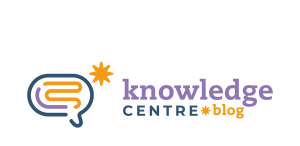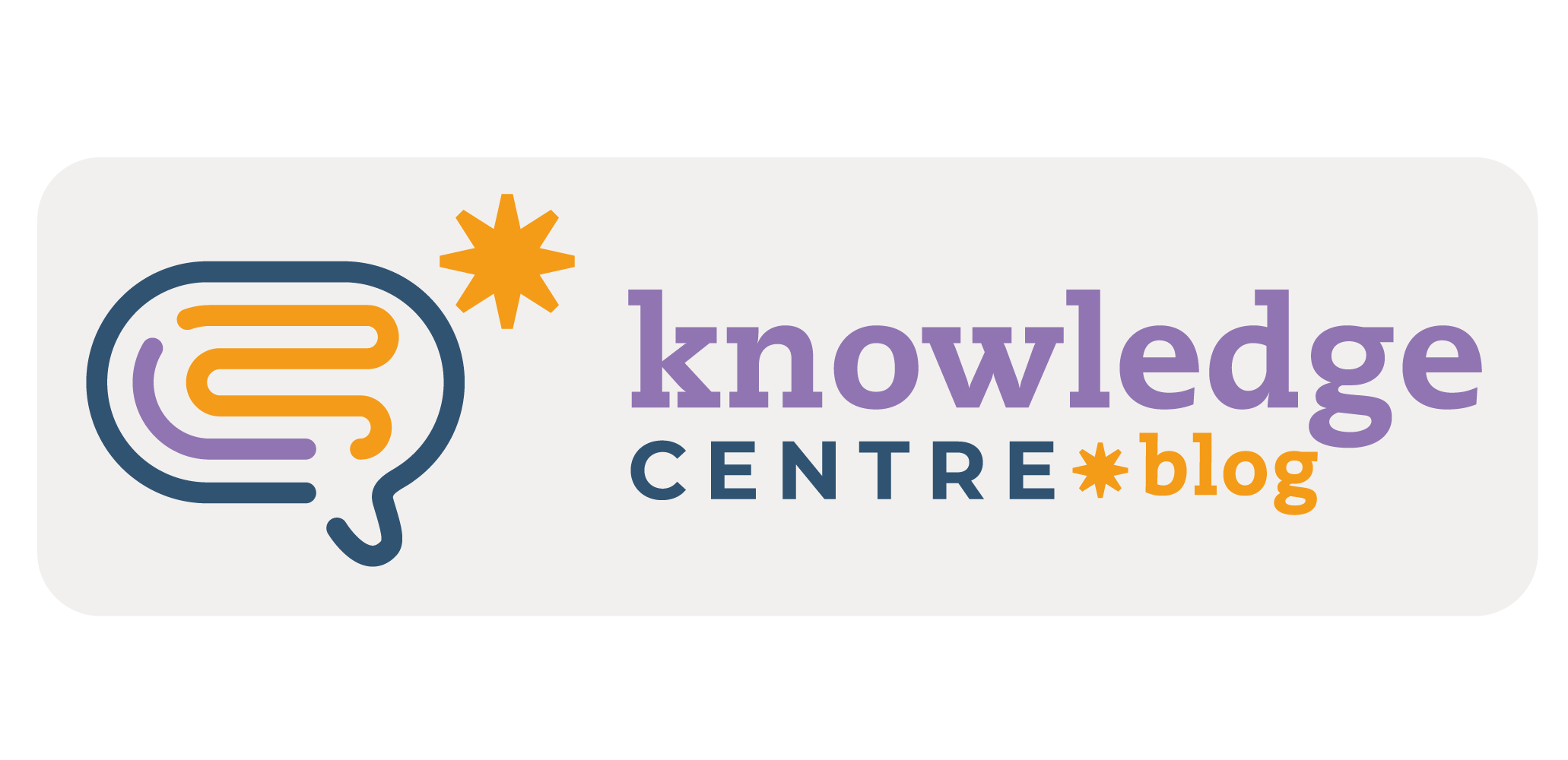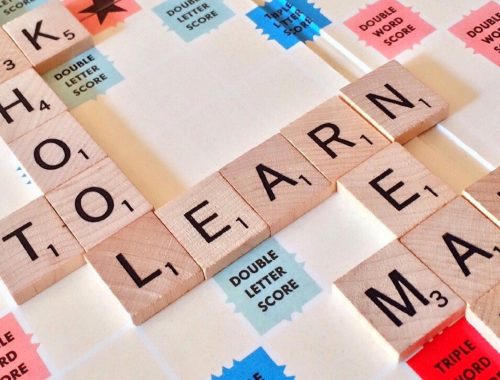As bilingual teachers, we face a double challenge at the beginning of the year—we not only have to consider our learners’ knowledge of content but also their knowledge of language.
In the bilingual context, we need learners to be versed in content seen in previous years in several disciplines as well as enough classroom language to follow up our classes. The first weeks of class may give us an overall sense of what learners have already learned—or what they have yet to learn. Moreover, these classes will set the tone for the rest of the semester, as this is the point learners will re-learn how to be at school, as well as who they are in it. Our self-concept plays a key role in learning (Williams & Burden, 1997), as it influences our motivation (Dörnyei & Kubanyiova, 2014) and relates to the Affective Filter Hypothesis (Krashen, 1982).
Hence, to promote a successful academic year, this text is about to propose two attention points – one, purely pedagogical, and the other, emotional.
Talking about feelings
Williams & Burden tell us that the “social comparison theory […] suggests learners’ conceptions of their own ability as learners will be based, at least in part, on the nature of the classroom interactions”. That comes from the comparisons we make to other learners, as well as the information we retrieve about ourselves from others – be it from the way we are spoken to, the amount of attention we receive from others, for example. Substantial research has shown that this externally formed self-concept influences our success (or lack thereof) in different tasks. A learner who receives only negative attention from their math teacher, for example, may consider themselves bad at math and perform poorly on their tests.
Motivation is also a key component in learning. According to Dörnyei & Kubanyiova, “a positive vision of ourselves is a motivational resource that can impel us into action”. Vision is dealt with here as what moves us – where we see ourselves in the future and the actions we need to achieve it. Learners may find it difficult to find motivation in academic settings as this future self may be too foggy – after all, a 7 year old who wants to be a soccer player may not see any use for learning either English or Math. Connecting to our self-concept, though, we may find that learners who have a positive concept of themselves now will most likely want to retain it for the future, which may generate motivation for learning.
These two factors lead us to Krashen’s Affective Filter Hypothesis. The author lists three components to it: Our motivation, our self-confidence and anxiety. Through these, or one of these aspects, learners may find themselves struggling, as this filter will bring out attitudes which may hinder learners’ input throughout the lesson, or, as Krashen puts it, “the input will not reach the part of the brain responsible for language acquisition, or the language acquisition device”.
One may conclude that the self-images learners form during the first weeks of class play a significant role in their success or failure throughout the year.
Talking practicalities
Learning in a bilingual setting requires learners to be able to understand the content, as well as what the teacher expects of them – and one of these can be tackled in the first classes.
Introducing key terms, phrases, and expressions that students will encounter regularly can help them feel more confident and capable of participating in lessons. For example, teaching phrases like ‘Can you repeat that?’ or ‘How do I say…’ encourages students to communicate and seek clarification in English. Repetition is key, so make sure to ask your students to use the phrases – over time, these will be internalized, easing their transition into the bilingual learning environment.
Teachers should also be mindful of the pace at which they introduce new language. Gradually building up students’ vocabulary and language skills ensures they are not overwhelmed and can progressively handle more complex content. Scaffolding is one technique for building language and content knowledge. It involves breaking down tasks into smaller, manageable steps with aids such as images, vocabulary lists, and models, thereby supporting learners and reinforcing knowledge.
As you prepare for the new school year, what steps will you take to nurture your students’ self-concept and language skills? Share your ideas with us in the comments below!
By Adriana Oliveira
Sources:
DÖRNYEI, Zoltán; KUBANYIOVA, Magdalena. Motivating Learners, Motivating Teachers. Cambridge University Press, 2014.
GUSKEY, Thomas R. Let’s Begin with Success: Early Academic Wins Have a Lasting Impact. Available at https://tguskey.com/wp-content/uploads/ASCD-Express-2021-Success.pdf Accessed on 06/01/2025.
KRASHER, Stephen D. Principle and Practice in Second Language Acquisition. Pergamon Press, 1982.
WILLIAMS, Marion; BURDEN, Robert L. Psychology for Language Teachers. Cambridge University Press, 1997.









